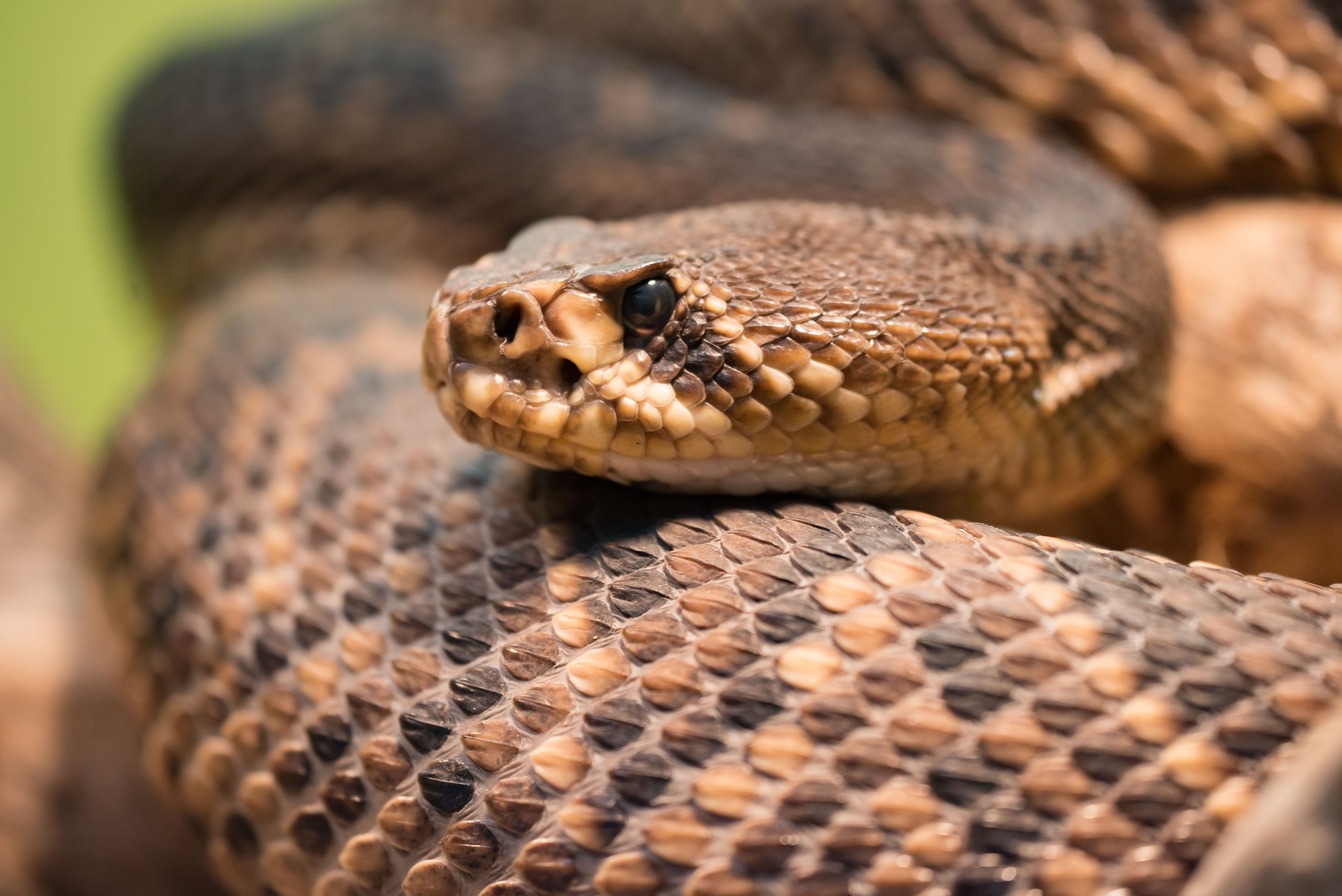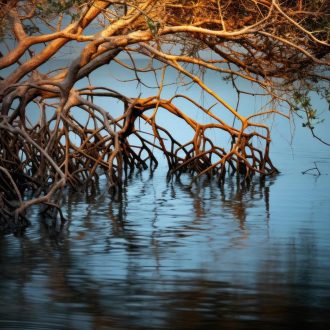
Environmental consultants for stormwater compliance are frequently out in the field. What does out in field really mean? Being in the field is all about us showing up every day at our customers construction sites and industrial facilities. It is so refreshing to spend time outdoors, in touch with nature, and of course doing our duty by safely inspecting our customers environmental compliance needs.

Did you know there are over 142 native and 64 non-native reptiles and amphibians known to thrive in Florida? Every day, there are new species found roaming our forests, fields, and streams. The environmental setting of Florida, tropical like weather, relatively flat, and unique separate watersheds, provides a wonderful place for animals to flourish and thrive.
Our excellent trained field inspectors trek various client locations with a keen eye for discovering stormwater BMP’s that need attention. They must also keep an eye out for critters who might have taken up refuge in the area.
It is not uncommon to find snakes on construction sites. There are many snakes that call Florida home. The Florida Fish and Wildlife Conservation Commission estimates there are more than 44 species of snakes, however, only 6 are considered dangerous. The eastern coral snake, southern copperhead, cottonmouth, eastern diamondback rattlesnake, timber rattlesnake, and dusky pygmy rattlesnake.
It is known that snakes only bite when they become bothered, threatened, or provoked. It is extremely rare to have a fatality to a snake bite because of ample access to lifesaving antivenom. According to the Centers for Disease Control and Prevention (CDC), snakebites kill about five people in the U.S. every year.
Let’s all take precautions to reduce our risk:

- Do not touch or attempt to pick up a snake.
- On construction sites, never place your hands or feet near or into holes or dark areas.
- Stay clear if you have suspicion of a snake along a lake or pond, debris, logs, rocks, etc.
- In a susceptible area for snakes, always wear thick utility workwear pants and boots.
If you or someone may get bitten:
- Keep calm.
- Call 911. If the bite is from a venomous snake, act quickly.
- Recognize the shape and color to help with identifying the right treatment.
- Lay down or sit to reduce blood flow.
- Cover the bite with a clean and dry dressing until help arrives.
Living with Snakes is normal and, in most cases, snakes are more afraid of us then we are of them. Simply leaving a snake alone is our best course of action. Snakes are an integral part of our ecosystem and perform a great service to nature by keeping certain rodent populations in check. At KCI, we see critters all the time. Snakes are certainly not uncommon. Let’s all take heed and watch our step!
Consult KCI for your stormwater compliance needs and share in our safety to watch out for critters. Call today and see how we can help you manage your stormwater program – (888) 346-7779.



